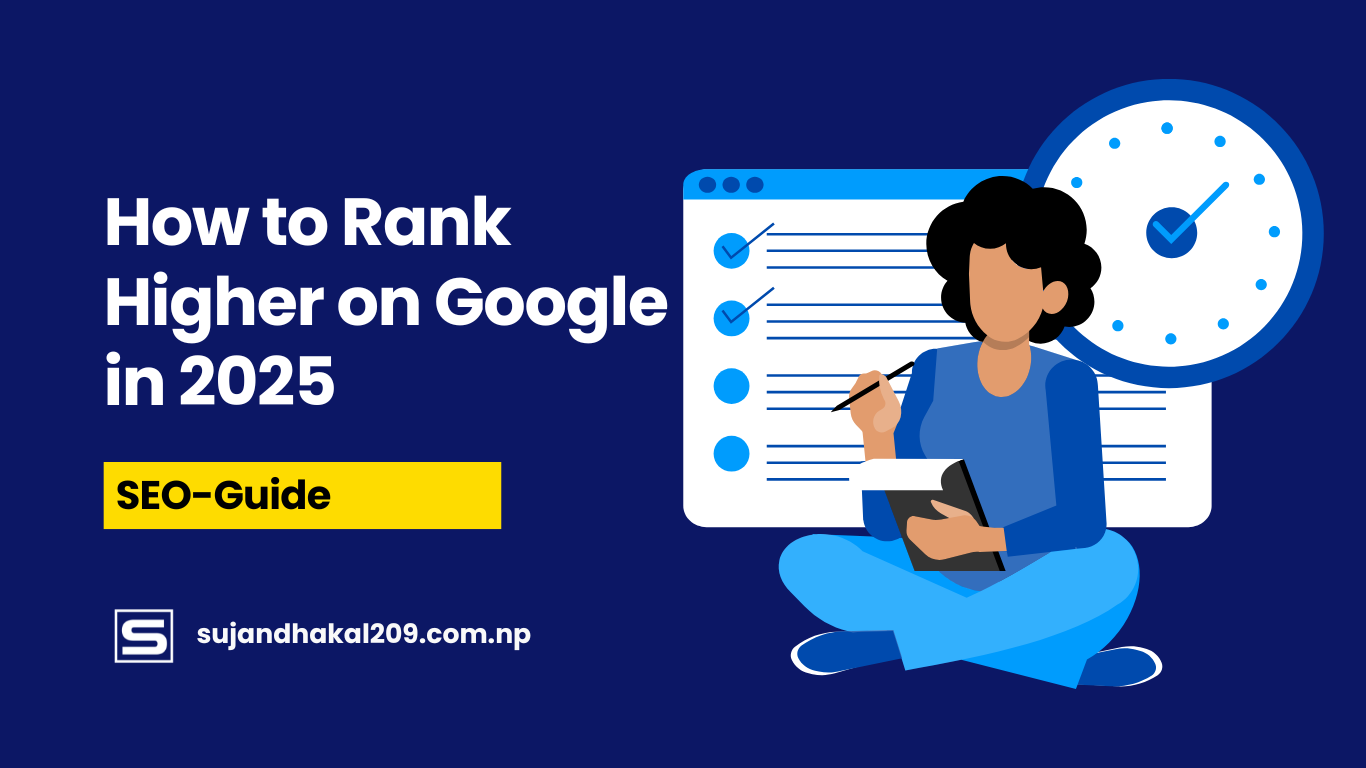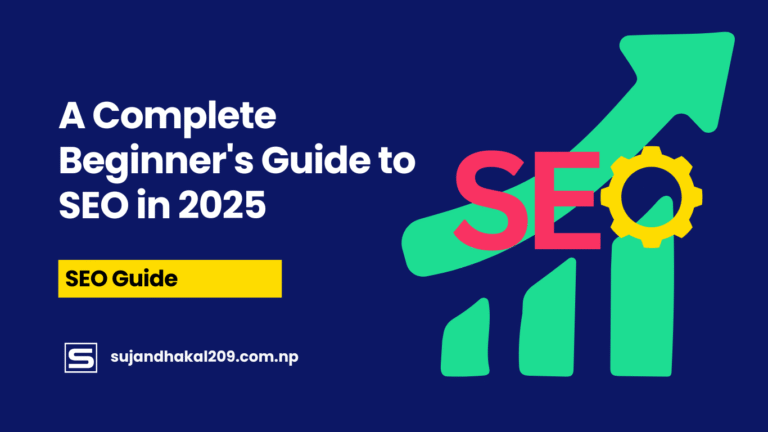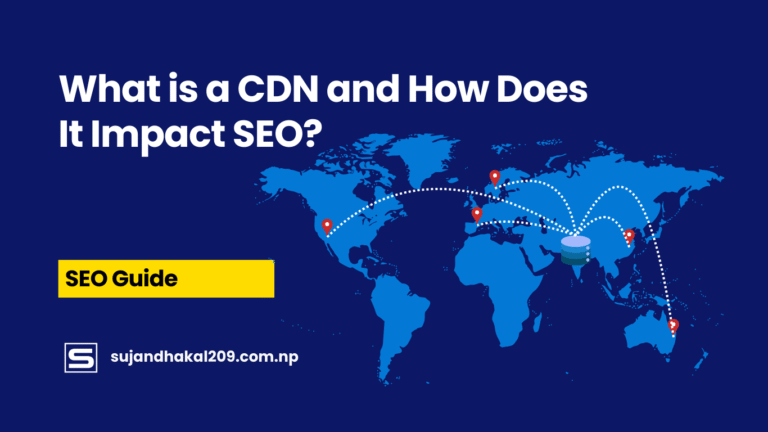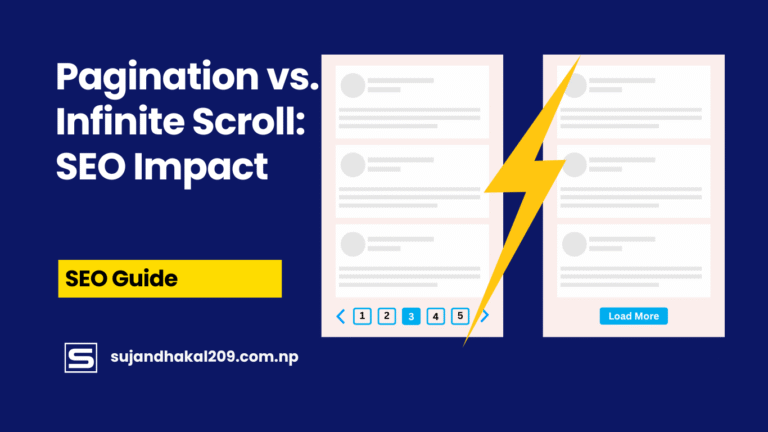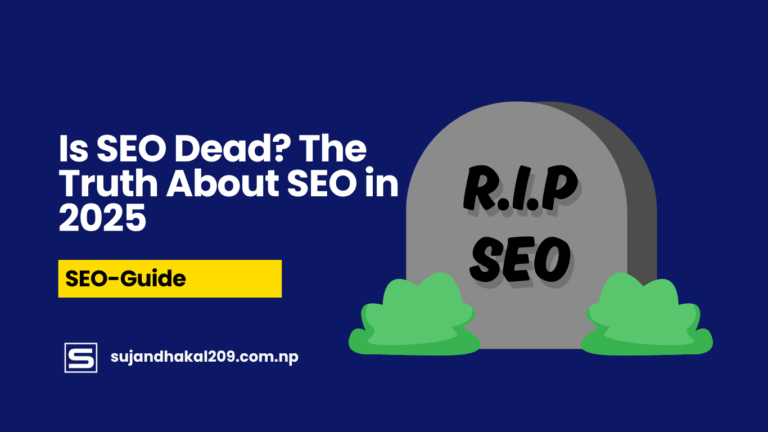Introduction
SEO is constantly evolving, and 2025 is no exception. With Google’s algorithms becoming smarter and more focused on user intent, businesses and content creators must adapt to stay ahead. If you want to rank higher on Google, you need a well-structured SEO strategy that aligns with the latest ranking factors.
This guide will walk you through everything you need to know to dominate Google’s search results in 2025. From AI-driven SEO tactics to backlink strategies, we’ll cover it all.
Understanding Google’s 2025 Algorithm
Google’s ranking algorithm has changed significantly in recent years. Here’s what you need to know about its latest updates:
- AI and Machine Learning: Google is now using AI-driven ranking systems to analyze content quality and user intent.
- User Experience (UX): Metrics like dwell time, click-through rate (CTR), and Core Web Vitals play a crucial role in rankings.
- E-E-A-T (Experience, Expertise, Authoritativeness, and Trustworthiness): Google prioritizes high-authority and trustworthy content.
To rank higher, you need to align your content and SEO strategies with these key factors.
E-E-A-T: The Core of SEO in 2025
Google’s E-E-A-T framework is more important than ever. It helps determine whether your website is credible and trustworthy.
How to Improve E-E-A-T:
- Experience: Share personal insights, case studies, and first-hand experiences in your content.
- Expertise: Create content written by industry experts with verified credentials.
- Authoritativeness: Earn backlinks from high-authority websites and get featured in reputable sources.
- Trustworthiness: Ensure website security (HTTPS), accurate information, and transparent authorship.
Google rewards content that demonstrates real-world expertise and credibility.
Keyword Research in 2025
Keyword research remains a fundamental part of SEO, but the approach has evolved.
Best Practices for Keyword Research:
- Use AI-driven keyword tools like Google’s Keyword Planner, SEMrush, and Ahrefs.
- Focus on long-tail keywords that match conversational search queries.
- Optimize for voice search by including question-based phrases like “how,” “why,” and “what.”
- Analyze search intent to match the content with user needs (informational, navigational, or transactional).
By targeting the right keywords, you can drive high-quality traffic and improve your rankings.
Content Optimization for Higher Rankings
Content is still king, but in 2025, it needs to be optimized for both search engines and users.
Key Content Optimization Strategies:
- Write in-depth, high-quality content that provides real value to users.
- Use engaging headlines and meta descriptions to improve CTR.
- Optimize for featured snippets by providing clear, concise answers to common questions.
- Add structured data markup (Schema.org) to enhance search visibility.
- Use multimedia elements like images, infographics, and videos to improve engagement.
Google prioritizes content that is well-structured, authoritative, and valuable to readers.
AI and SEO: How to Leverage AI Tools
Artificial intelligence is revolutionizing SEO. Google uses AI-powered algorithms like RankBrain and BERT to analyze search queries and user intent. To stay ahead, you need to integrate AI into your SEO strategy.
How to Use AI for SEO Optimization:
- AI-Powered Content Creation: Tools like ChatGPT, Jasper, and SurferSEO help generate high-quality, optimized content.
- SEO Automation: AI tools can automate tasks like keyword research, meta tag optimization, and competitor analysis.
- Predictive Analytics: AI can analyze trends and suggest content topics with high search potential.
- Chatbots and Voice Assistants: AI-powered chatbots improve user engagement and enhance website experience.
Leveraging AI for SEO can give you a competitive edge and improve your Google rankings.
Technical SEO Best Practices
Technical SEO plays a crucial role in how search engines crawl and index your website. Here are the top technical SEO factors to focus on in 2025:
Mobile-First Indexing
Google prioritizes mobile-friendly websites. Ensure your site is fully responsive and optimized for all devices.
Page Speed Optimization
Slow-loading pages hurt rankings and user experience. Improve your website speed by:
- Compressing images
- Using a content delivery network (CDN)
- Minimizing JavaScript and CSS files
- Enabling browser caching
Core Web Vitals
Google’s Core Web Vitals measure user experience based on:
- Largest Contentful Paint (LCP): How fast the main content loads
- First Input Delay (FID): How responsive the site is
- Cumulative Layout Shift (CLS): Visual stability of the page
XML Sitemaps and Robots.txt
- Submit XML sitemaps to Google Search Console.
- Ensure proper indexing with robots.txt files.
Improving technical SEO can enhance website performance and rankings.
Backlinks and Link-Building Strategies
Backlinks remain one of the strongest Google ranking factors. However, quality matters more than quantity.
How to Build High-Quality Backlinks:
- Guest Posting: Contribute articles to high-authority websites.
- Broken Link Building: Find and replace broken links with your content.
- HARO (Help a Reporter Out): Get backlinks from journalists and news sites.
- Content Marketing: Create link-worthy content like infographics, case studies, and guides.
Internal Linking Strategy
Internal linking helps distribute link equity and improves website navigation.
- Link to relevant content within your site.
- Use keyword-rich anchor text.
By building authoritative backlinks and using a smart internal linking strategy, you can improve domain authority and search rankings.
The Role of Social Media in SEO
Social signals don’t directly impact rankings, but they boost brand awareness and traffic.
How to Use Social Media for SEO:
- Share content regularly on platforms like Facebook, Twitter, and LinkedIn.
- Encourage social sharing to increase engagement.
- Use YouTube SEO to optimize video content.
- Engage with influencers to amplify reach and backlinks.
A strong social media presence enhances online visibility and drives organic traffic.
Local SEO: Ranking in Google’s Local Pack
Local businesses need to optimize for Google’s local search results.
Local SEO Best Practices:
- Optimize Google My Business (GMB): Keep NAP (Name, Address, Phone) information accurate.
- Use local keywords: Target location-based search terms.
- Get customer reviews: Positive reviews improve trust and rankings.
- Build local citations: Get listed on Yelp, Yellow Pages, and other directories.
Local SEO helps businesses rank for “near me” searches and attract local customers.
Voice Search Optimization
With the rise of smart assistants like Alexa and Google Assistant, voice search is more important than ever.
How to Optimize for Voice Search:
- Use conversational, question-based keywords.
- Provide direct, concise answers (FAQ-style content).
- Optimize for local search queries.
- Improve website speed and mobile usability.
Voice search SEO ensures your content appears in voice search results and featured snippets.
Video SEO: Ranking on Google and YouTube
Video content is dominating search results, and YouTube is the second-largest search engine.
How to Optimize Videos for SEO:
- Use keyword-rich titles and descriptions.
- Add accurate subtitles and captions.
- Engage viewers to increase watch time.
- Embed videos on your website to boost engagement.
Well-optimized videos rank higher in Google and YouTube search results.
SEO Mistakes to Avoid in 2025
Even experienced marketers make SEO mistakes. Here are some to avoid:
- Ignoring mobile optimization – Google prioritizes mobile-first sites.
- Keyword stuffing – Overusing keywords leads to penalties.
- Ignoring user experience – Poor navigation and slow speed hurt rankings.
- Buying low-quality backlinks – Google penalizes spammy links.
Avoid these pitfalls to maintain strong rankings.
Measuring SEO Success: Analytics and Metrics
Tracking SEO performance is essential for improvement.
Best SEO Tools for Tracking Performance:
- Google Analytics: Track traffic, bounce rate, and engagement.
- Google Search Console: Monitor keyword rankings and site errors.
- SEMrush & Ahrefs: Analyze backlinks and competitor strategies.
Key SEO Metrics to Track:
- Organic traffic
- Click-through rate (CTR)
- Bounce rate
- Domain authority
- Conversion rates
By regularly analyzing these metrics, you can refine your SEO strategy.
Future of SEO: What to Expect Beyond 2025
SEO will continue to evolve. Here are some emerging trends:
- AI-driven content creation will become more advanced.
- Zero-click searches will increase, reducing organic traffic.
- Augmented reality (AR) and visual search will play a bigger role.
- Google’s AI will refine search intent understanding.
Staying ahead of trends will keep you competitive in search rankings.
Conclusion
Ranking higher on Google in 2025 requires a holistic SEO approach that focuses on quality content, AI-driven strategies, technical SEO, backlinks, and user experience. By adapting to Google’s evolving algorithm and leveraging the latest SEO techniques, you can improve your rankings and maintain long-term success.

